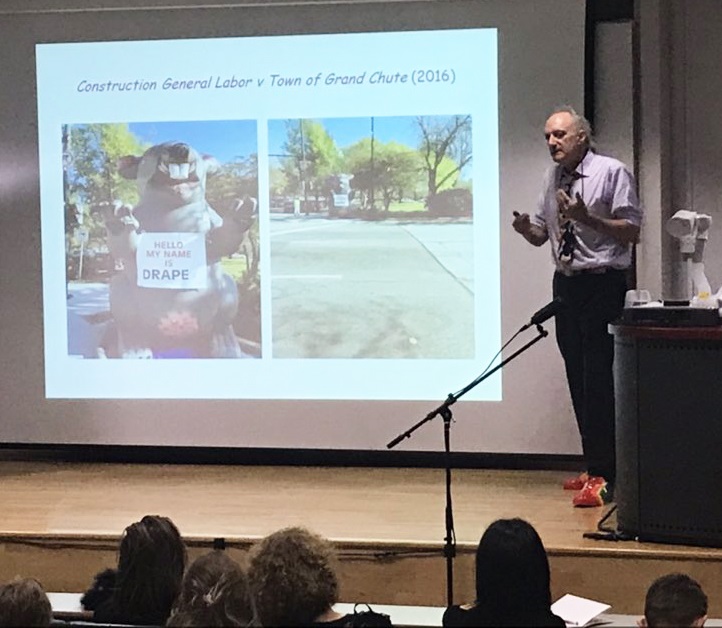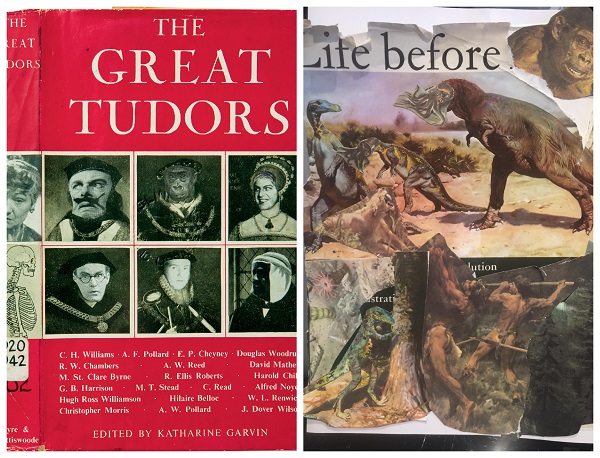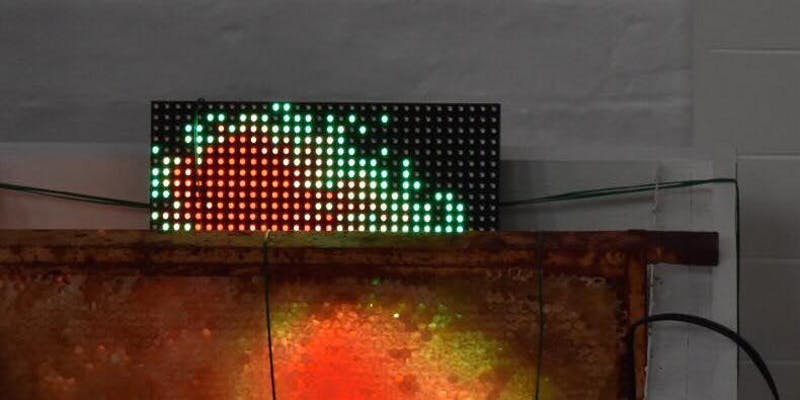Luke Buffini, an MA Philosophy Student at Birkbeck and co-founder of Lamplight Magazine, reviews Askold Kurov’s documentary shown as part of Arts Week 2019.
Above all else what a writer wishes to avoid is cliché. Cliché is intellectual laziness; a kind of self-sabotage in the battle for expression. Christopher Hitchens’ main concern when he went to Prague in the days of the Communist regime, was that he not mention Franz Kafka in the write up. Thus similarly, when I went to see a documentary called The Trial, about an infallible regime and its distressingly public display of “justice”, I told myself I wouldn’t either. Franz Kafka would be the first two words in any review of this film. No, not me: too obvious; too boring. Yet Hitchens was forced to (after being arrested without any discernible charge). And when, eleven months into his detention-pending-investigation, Oleg Sentsov stood up in court and pronounced, in a sarcastic tone shrouding genuine boredom, that he knew he would soon be given a 20-year prison sentence because he had been told this was his sentence on the day before his arrest, I also realised I would be forced to mention Franz Kafka.
Such is the nature of totalitarianism. Obvious, boring, cliché. In 1990 the Soviet Union finally ended a 40-year ban on 1984 and rereleased it (with edits, of course). That Russia continues to take this 70-year old satire of itself as an instruction manual is their way of telling you just how little they care about being boring or cliché. In China, 1984 is easy to purchase. However, internet forum enthusiasts endeavouring to reference those four digits, or any combination of words which equates to them, will find their message unpublishable. It doesn’t matter to these regimes that they are so easily comparable to their literary denouncements. The point they want to make is unaltered: there is nothing you can do about it.
This nature, or rather the appropriate attitude towards it, is embodied by Sentsov over roughly a year of footage with spartan consistency. He is weary. Yet not because he has been eroded by incarceration, torture, or intimidation. Weary in the way a precocious, intelligent teenager might be in a class he already has all the answers to. This is the primary triumph of the film, I think: revealing Sentsov’s stamina of mind. Totalitarianism is not merely repulsive and frightening because of the imaginative tortures, daylight beatings or midnight kidnappings. Perhaps the most disgusting aspect is the conquest in the individual mind which it seeks and often secures. For Sentsov, this meant humiliation; torture; threats of death and further torture; testimonies brought against him by way of still more torture; planting of evidence; and the repeated and meaningless extension of his detainment whilst under investigation (justified again and again by Sentsov’s apparent, yet still-dormant, “threat” to Russian civilians). Through all this, Sentsov smiles and peace signs for his supporters in the courthouse; remains stoic and silent when the judge or prosecutor speak; and, in a bizarre display of his enormous talent for irony and bravery, high fives his “co-conspirator” at the eventual announcement of his long-expected 20-year prison sentence.
During the film I kept asking myself; how can anyone continue to get away with such blatant corruption, lies and violations of human rights. I wanted to know how totalitarianism had adapted in the past century in order to continue working so effectively. Neither the film nor the panel of academics afterwards could produce a substantial answer. I returned to the Bloomsbury sunlight thinking that totalitarianism hadn’t had to change very much at all. That it still had the same naked, shameless hatred for the faces under its foot. That humiliating torture was still a reliable currency for acquiring human minds. That if people were afraid enough, it could carry on its nauseating merry-go-round of “justice” for all to see and (enforcedly) cheer.
One more thing hasn’t changed: individuals like Oleg Sentsov – ironic, impenetrable, and at all times ready for their sentence – reveal the silly, odious face of totalitarianism for the rest of us. I hope the reader will join me in writing, mailing or shouting something to the effect of the following imperative: Free Sentsov.



